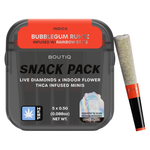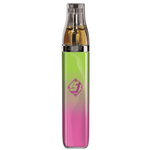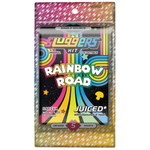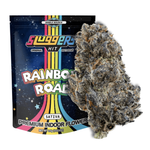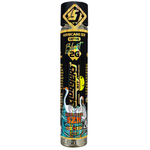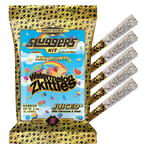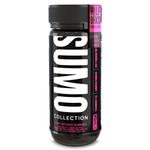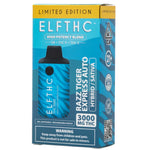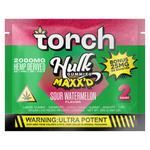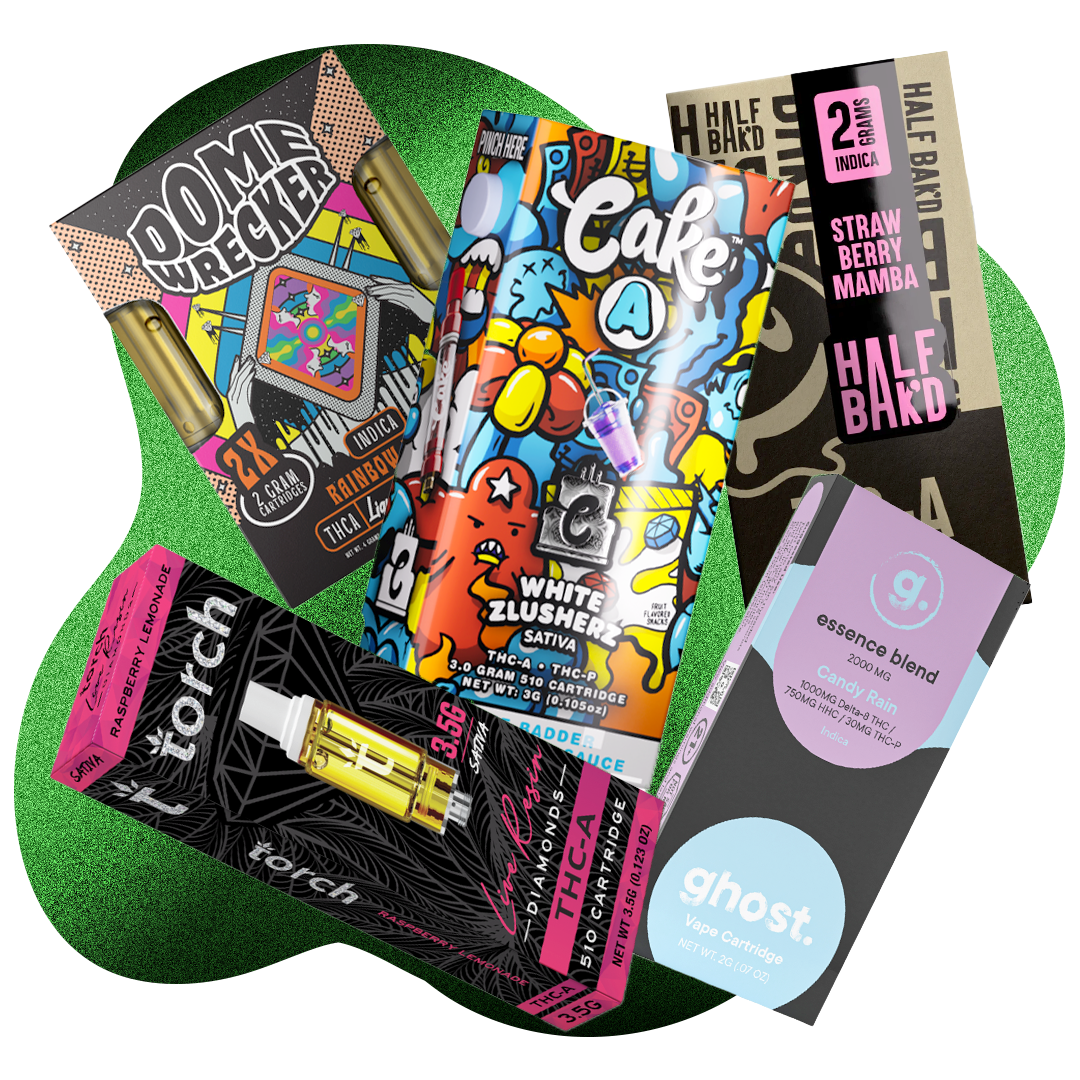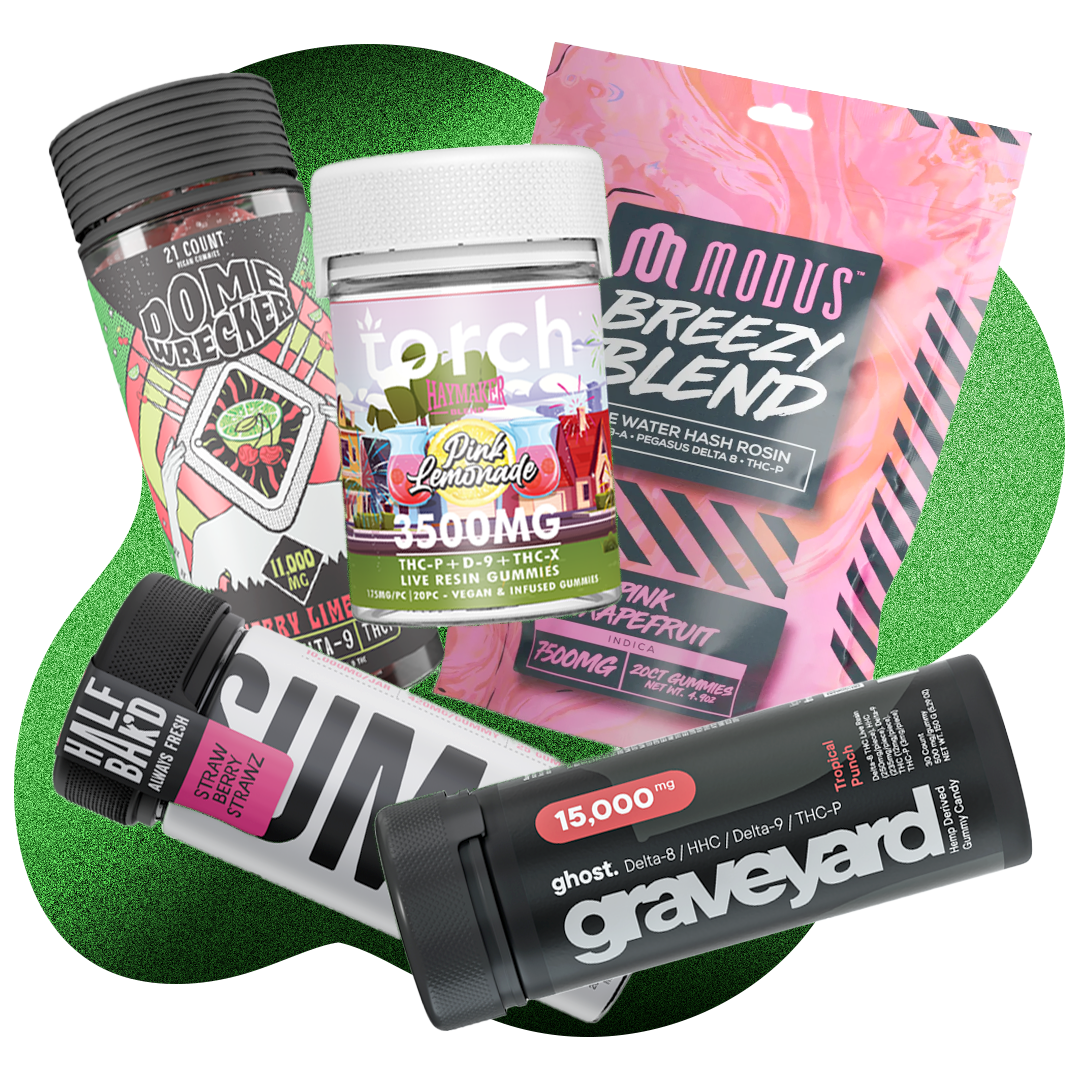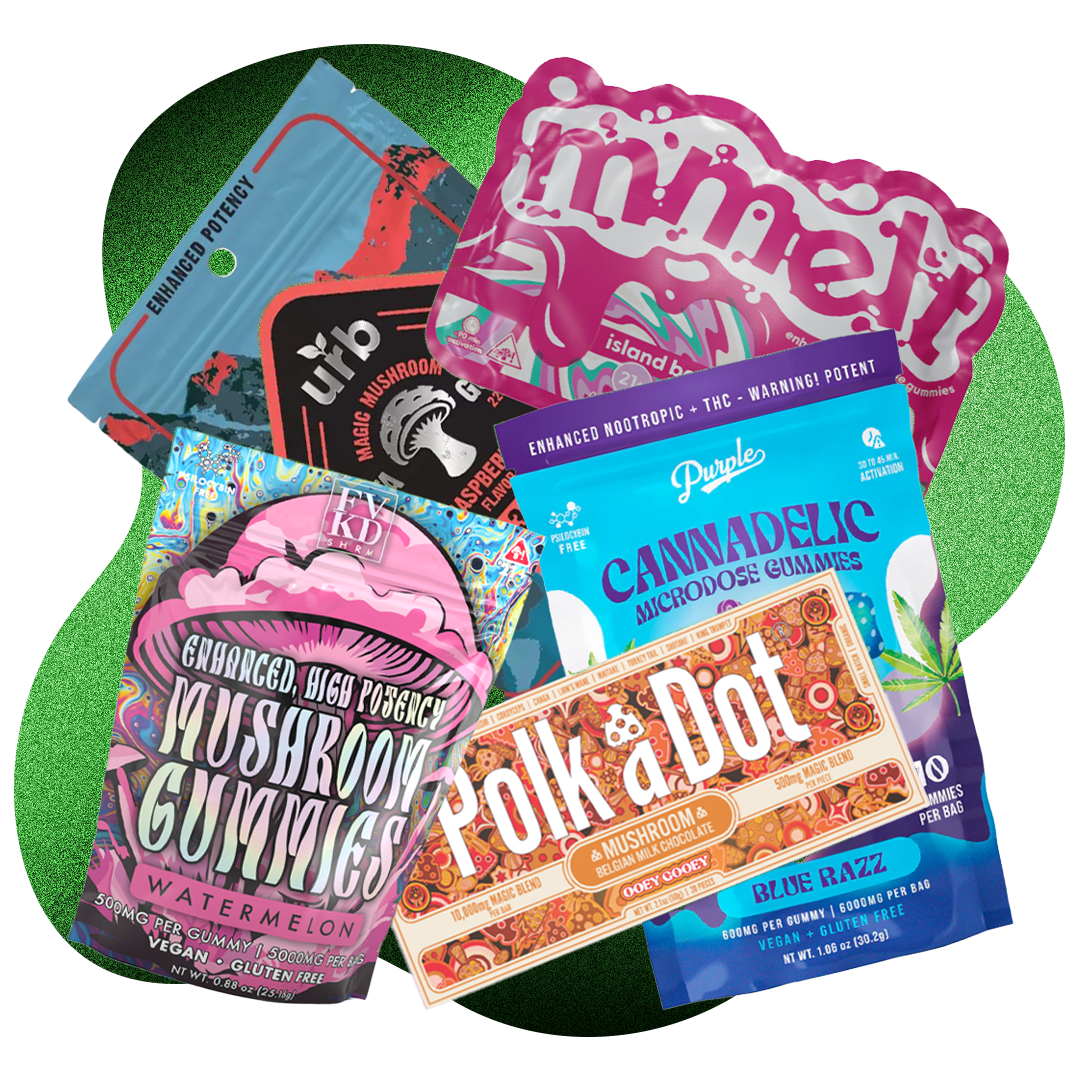Delta 8 THC, also known as delta-8-tetrahydrocannabinol, is a lesser-known cannabinoid found in the cannabis and hemp plant that is structurally similar to delta 9 THC, but with distinct effects on the body and mind. In recent years, delta 8 THC has gained popularity as a legal alternative to delta 9 THC, and is now widely available in various forms, including delta 8 THC disposable vape pens.
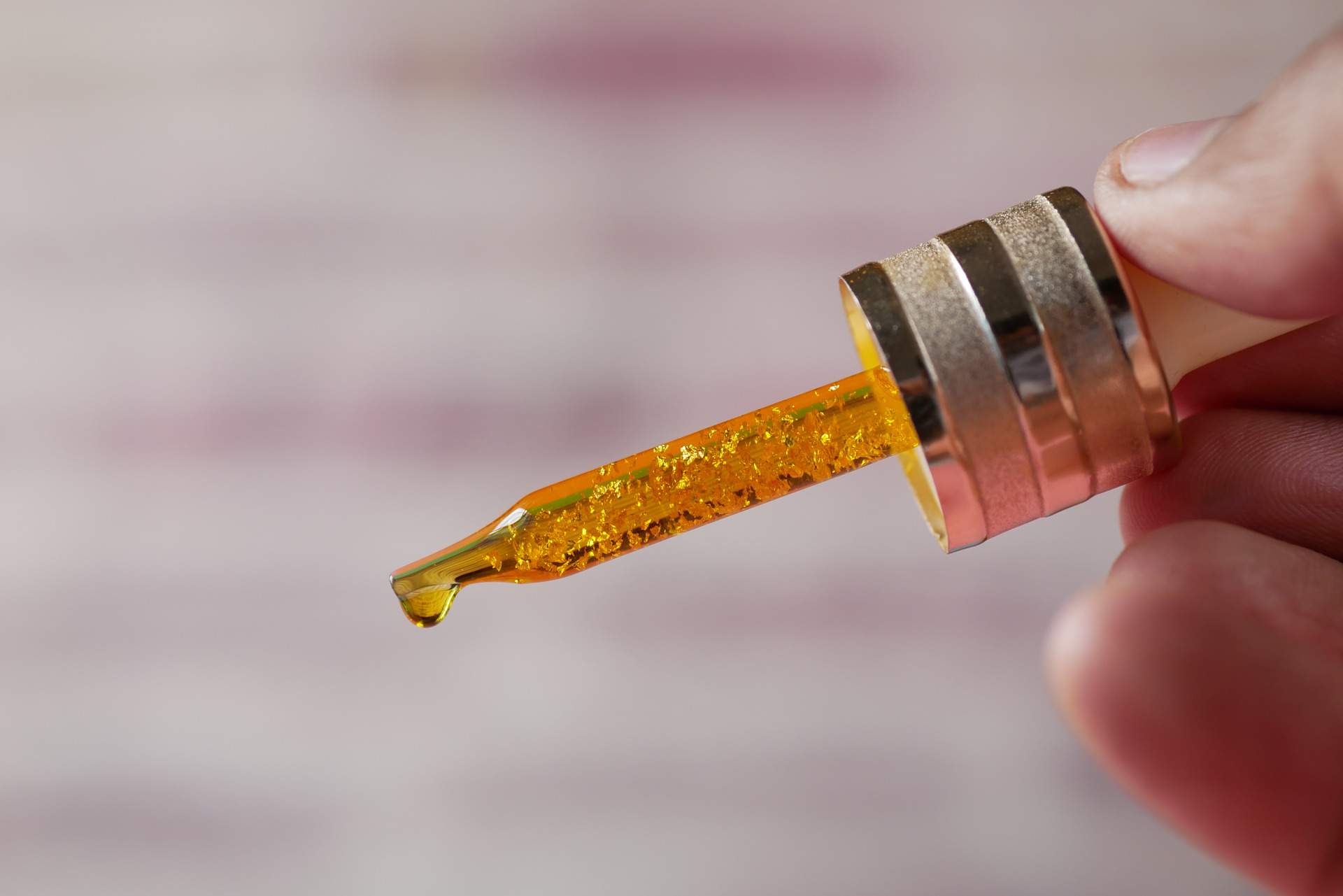
Delta 8 THC is a cannabinoid that binds to the same receptors in the body as delta 9 THC, but with lower psychoactivity. This means that it produces a milder “high” compared to delta 9 THC, making it more suitable for those who want to experience the effects of THC without the intense euphoria associated with delta 9 THC.
What is Delta 8 THC Distillate?
Delta 8 THC distillate is a highly concentrated form of delta 8 THC that is made through a process of distillation. During this process, the compounds in the hemp plant are separated and purified to create a highly potent and pure product. Delta 8 THC distillate is a clear, amber-colored liquid that is extremely potent and can be consumed in a variety of ways. It can be used to make edibles, topicals, and vape cartridges, as well as being used as a tincture or concentrate.
What Delta 8 THC Distillate Color Can Indicate?
The color of delta 8 distillate is an important indicator of its quality and purity. Delta 8 distillate is a highly concentrated form of the delta 8 THC compound. It is commonly used in the production of various hemp products, such as edibles, tinctures, and vape cartridges.
Quality of Cannabinoid
When it comes to the color of delta 8 distillate, there are a few key factors that can affect its appearance. The first is the quality of the starting material used in the extraction process. If the hemp or cannabis plants used to produce the distillate are of low quality or have been contaminated in some way, this can lead to a darker or cloudier appearance in the final product.
Extraction of Cannabinoid
Another factor that can affect the color of delta 8 distillate is the extraction method used. Different extraction methods can produce different results in terms of color and clarity. For example, CO2 extraction typically produces a clear, light-colored distillate, while ethanol extraction may produce a darker, more amber-colored product.
Purity of Cannabinoid
The purity of the distillate also plays a role in its color. Pure delta 8 distillate should be clear and transparent, with little to no impurities or contaminants present. However, if the distillate has been cut with other substances or has not been properly purified, it may appear cloudy or discolored.
Storage & Handling of Cannabinoid
The last factor that can affect the color of delta 8 distillate is the storage and handling conditions. Exposure to light, heat, and air can cause the distillate to degrade and darken over time. Therefore, it is important to store delta 8 distillate in a cool, dark place, and to handle it carefully to prevent contamination.
Wrapping Up
When it comes to determining the color of delta 8 distillate, it is important to keep in mind that there is no one "right" color. The color can vary depending on the factors mentioned above. However, as a general rule of thumb, pure, high-quality delta 8 distillate should be clear and transparent, with little to no impurities or contaminants present.
In conclusion, the color of delta 8 distillate can be affected by a variety of factors including the quality of the starting material, the extraction method used, the purity of the distillate, and the storage and handling conditions. While there is no specific "right" color for delta 8 distillate, a clear and transparent color can be an indicator of a pure, high-quality product. It is important to be mindful of these factors when determining the quality and purity of delta 8 distillate.


